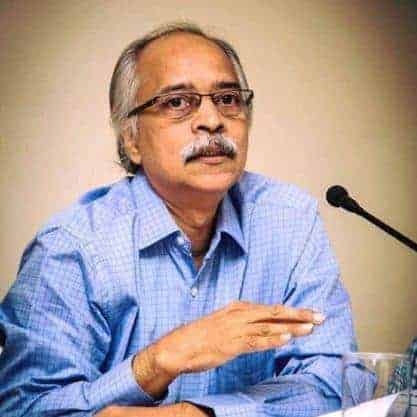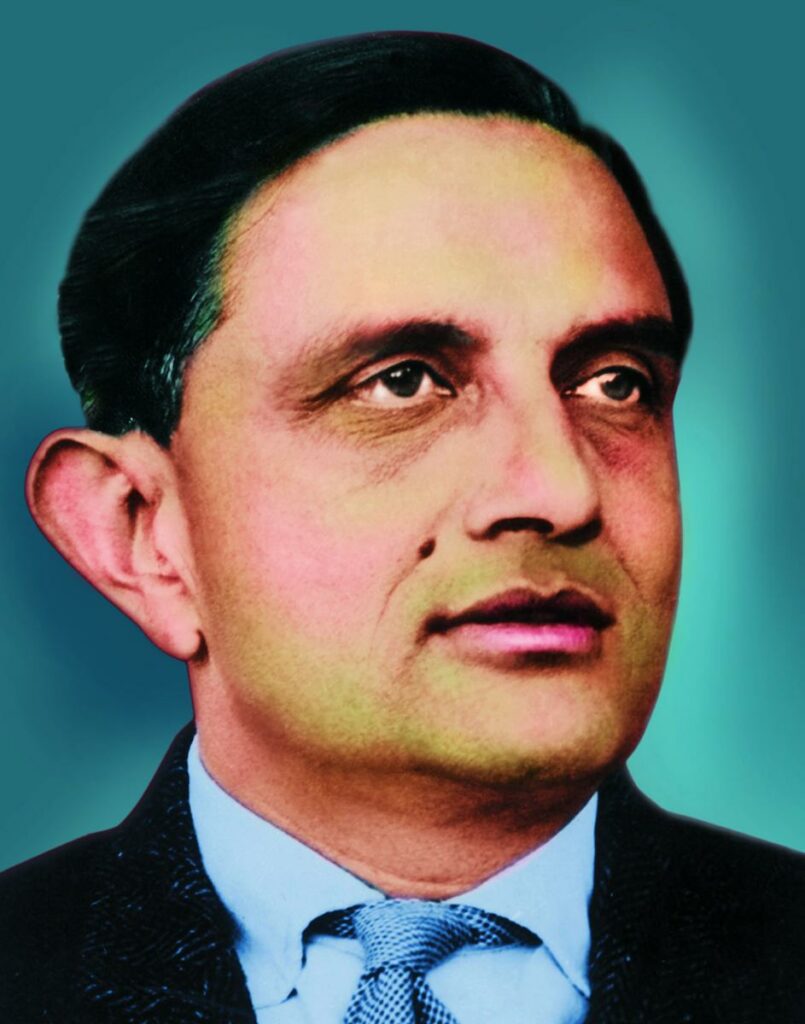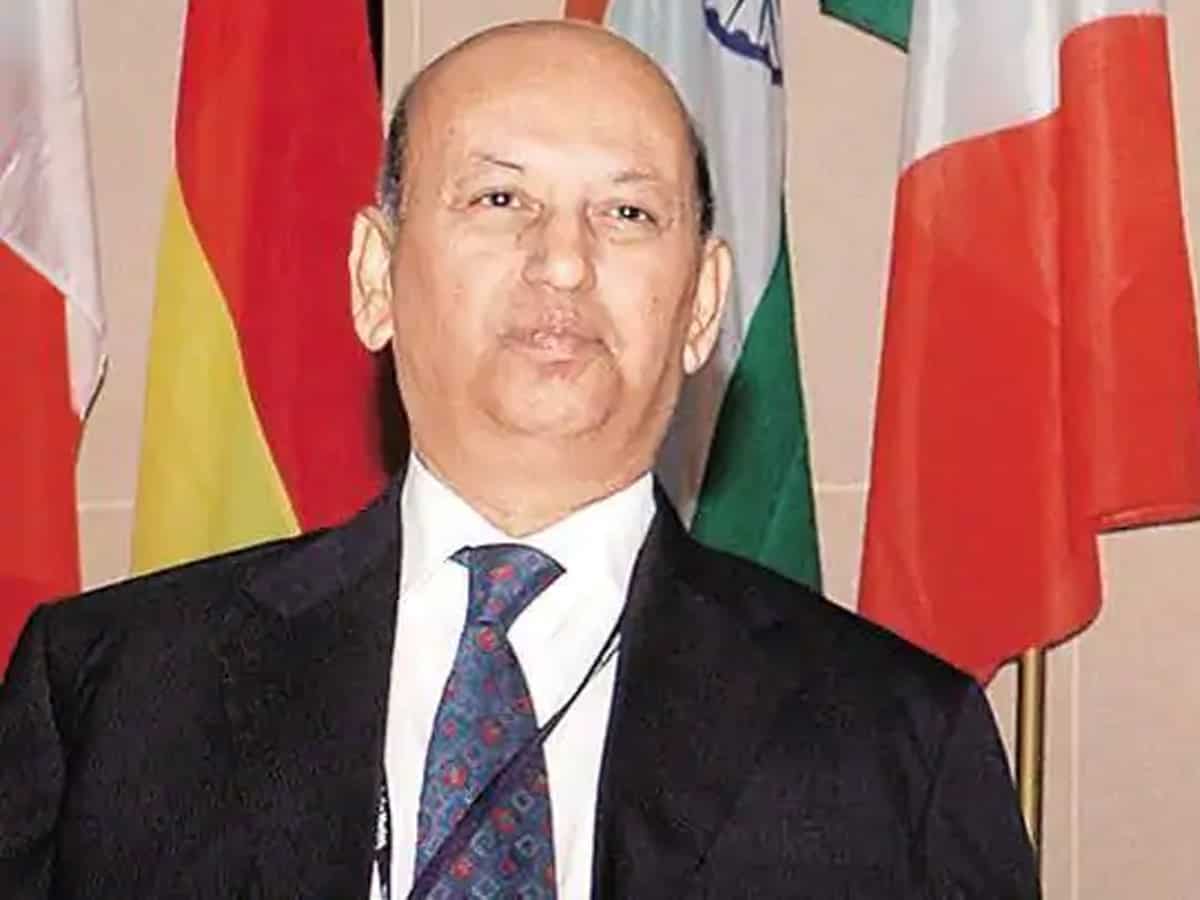
If India stands tall as a Space Power, respected for its ‘frugal innovations’ and giant strides in launches, a large part of the credit should go to three visionaries—Vikram Sarabhai, Prof Satish Dhawan and Prof U R Rao.
That Brazil expressed keenness to have space collaboration with India after its first earth observation satellite was launched by the Indian Space Research Organisation (ISRO) on February 28, bears out the growing confidence in the global arena on India’s progress in the past 50 plus years.
It’s therefore little surprise that Google, the Internet giant chose to do a special Doodle today commemorating the 89th birth anniversary of Udupi Ramachandra Rao, popular as UR Rao, and celebrate his life with millions of its followers. Prof Rao, the fourth Chairman of the ISRO (1984-94), passed away in July, 2017 at the age of 85. “Happy Birthday, Prof Rao! Your stellar technological advancements continue to be felt across the galaxy,” the doodle says.
UR Rao was one of the leading stars of India’s space programme who made groundbreaking contributions. He joined the ISRO in 1966, returning from the US after contributing to NASA, where he also gained considerable expertise in rocketry.

Mentored by Vikram Sarabhai, considered the father of India’s Space Programme and worked closely with Satish Dhawan, Prof Rao laid the foundations for a strong technological base to build satellites, launch vehicles and create an ecosystem for the growth of a supportive industrial and scientific support.

He hit headlines with the successful launch of ‘Aryabhatta’, the first experimental satellite in 1975. The work on satellite building was headed by Prof Rao at the ISRO from 1972. Over the next two decades, the scientists built Bhaskara, Rohini, APPLE, INSAT series and the Indian Remote Sensing Satellite (IRS) series.
On a parallel track, the ISRO worked on building launch vehicles with Prof Rao, Dr Vasanth Gowariker, APJ Kalam under the able guidance of Prof Satish Dhawan, who was the Chairman of the ISRO. The untiring efforts of the teams led to the development of the launch vehicles, specially the Polar Satellite Launch Vehicle (PSLV).
The PSLV, with a record 50 successes out of 53 launches with the latest PSLV C53, that put the Brazilian satellite and 18 others into orbit, has emerged as the best in class with the most competitive offer in the lucrative, commercial launch market in the near orbit. The PSLV had also created a record of launching 104 satellites a few years ago. So far it has put into space over 250 satellites of various sizes.
Visible face of ISRO, Chairman (1984-94)
With his distinct American accent, Prof Rao was one of the most visible faces among Indian scientists in the media during the 1980s. The mantle of ISRO Chairmanship fell on his shoulders in 1984. The same year, India sent its first Cosmonaut, Squadron Leader Rakesh Sharma to space with the Soviet Union launching its spacecraft from the Cosmodrome in Baikanour.
Under Rao’s decade long stewardship, ISRO made rapid strides undertaking several projects in rocket technology, launch vehicles, communication satellites (INSAT series) and IRS for natural resources mapping. He also initiated the work on Cryogenic Rockets and the Geosynchronous Satellite Launch Vehicle (GSLV), with scientists like Nambi Narayanan ( infamous ISRO Spy case and absolved with compensation after 25 years) working on it in the early 1990s. Later on, the Soviet Union gave 7 cryogenic rockets, over riding US sanctions to help the programme gain momentum.
Prof Rao, with his affable nature was also team man. He derived advantage from his predecessor, Prof Satish Dhawan, who built strengths of leadership within the Space Department in the form of Kalam, Gowariker, P S Goel (Satellite technology) , Dr P R Pisharoty (Meteorology) and Dr B L Deekshatulu ( Remote Sensing) to stabilise and grow the space programme in multiple directions.
Global alliances & Planetary Probes
A strong believer in global alliances and application of satellite technology, Rao forged collaborations with France, Russia & EU. He was also instrumental in the creation of the Antrix Corporation, the commercial arm of ISRO.
In the past 25 years, the ISRO has been able to consolidate and grow. Its mission to the Moon-Chandrayaan in 2009 and the one to Mars in 2013– Mangalyaan earned global respect for their frugal costs and high tech achievements. Successive chairman’s starting from K Kasturirangan, G Madhavan Nair, K Radhakrishnan, A S Krishna Kumar to the present Dr K Sivan have built strengths to make the country’s space programme vey formidable.
The ISRO has been enjoying a healthy support from the private industry and public funded institutes. All governments have strongly backed its efforts with funds and policy too. The present Narendra Modi Government has added a new dimension by allowing greater role to the participation of private industry to face global competition from giants like Space X of Elon Musk; Blue Origin of Jeff Bezos, ArianeSpace and in future from the expansion of Richard Branson’s Virgin Aviation.
Prof Rao became the first Indian inducted into the Satellite Hall of Fame, Washington in 2013, the same year that PSLV launched India’s first interplanetary mission-“Mangalyaan”-a satellite that orbits Mars today. He was awarded the Padma Vibushan in 2017, nearly four decades after the Padma Bhushan in 1976.
Born in Adamaru area of Udupi district of Karnataka, Rao went to a Government College in Anantapur in Andhra Pradesh for graduation. He went to US for higher studies. Till his last, Prof Rao was associated in some role with India’s space programme.
Tribute by Google
Google is celebrating the 89th birthday of renowned Indian professor and scientist Udupi Ramachandra Rao today, remembered by many as “India’s Satellite Man.” Professor Rao, who died in 2017, was an Indian space scientist and chairman of the Indian Space Research Organisation (ISRO).
After completing his doctorate, Prof Rao brought his talents to the US, where he worked as a professor and conducted experiments on NASA’s Pioneer and Explorer space probes,” the description on Google Doodle’s website reads.
The doodle features a sketch of Professor Rao with a background of the Earth and shooting stars.
Somasekhar Mulugu, former Associate Editor & Chief of Bureau of The Hindu BusinessLine, is a well-known political, business and science writer and analyst based in Hyderabad

